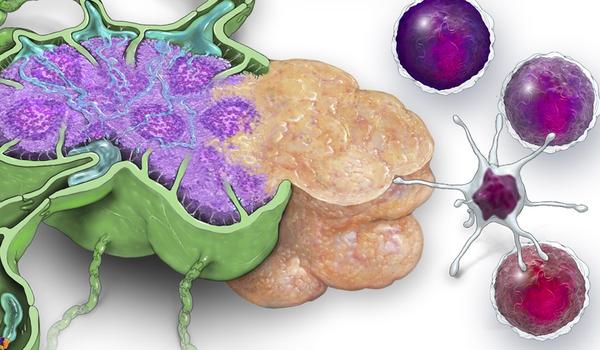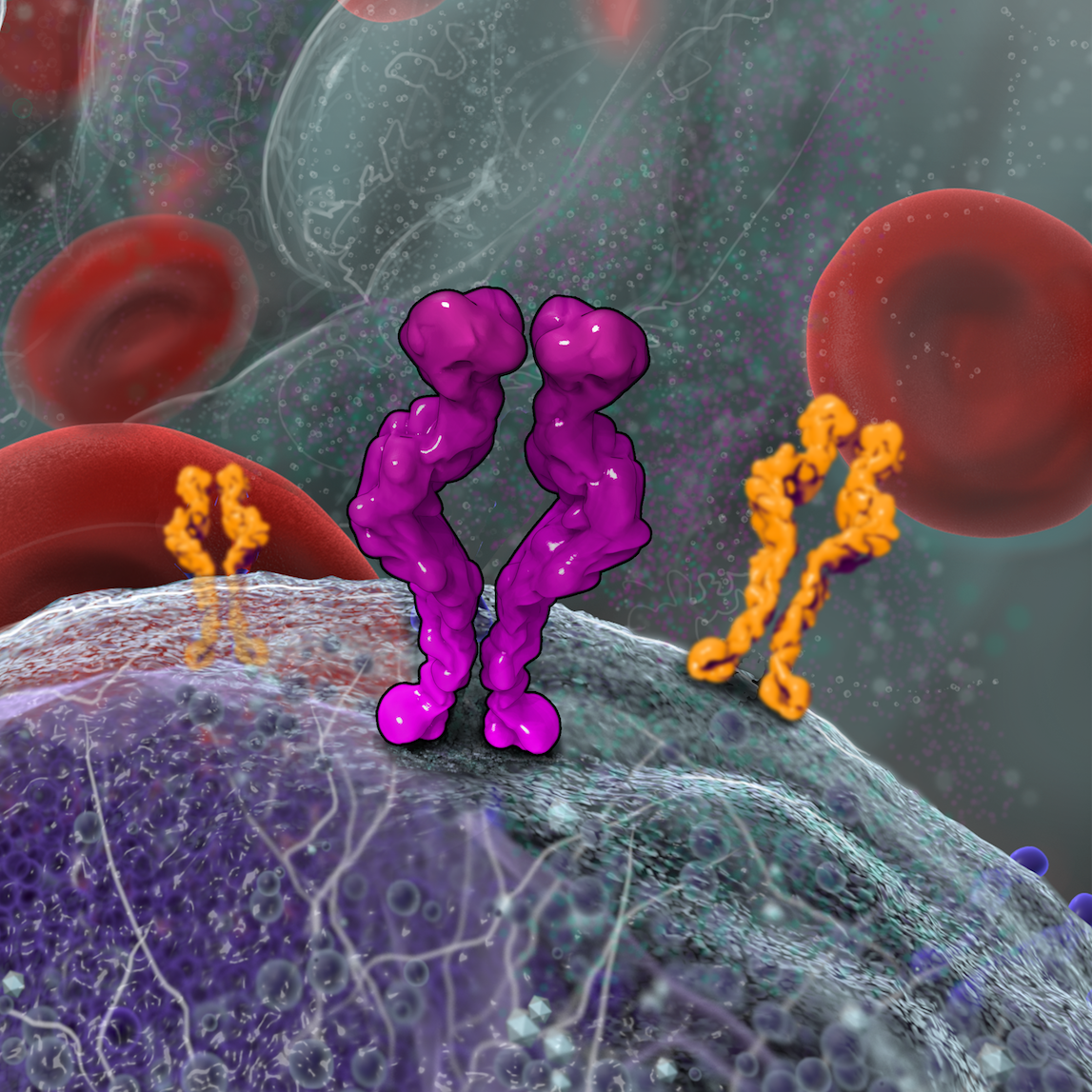Lymphoma infographic

Lymphoma is a type of blood cancer that starts in the cells of the immune system. Lymphoma begins when a lymphocyte, a type of white blood cell, becomes abnormal. Unlike normal blood cells, lymphoma cells fail to die at the appropriate time, and they continue dividing to produce more and more abnormal lymphoma cells.
Lymphoma cells not only fail to protect the body from infections and other diseases, but the buildup of extra cells often forms a solid tumor within lymphoid tissue, such as the lymph nodes or spleen. Some types of lymphoma are common in younger people, although most lymphoma cases occur in people aged 60 or older.
Lymphoma may be suspected based on a physical exam, chest x-rays, or blood tests, but a biopsy of an affected lymph node, in which the lymph node tissue is examined under a microscope, is the only sure way to diagnose lymphoma. Lymphoma can be managed with watchful waiting, chemotherapy, radiation therapy, targeted therapy, immunotherapy, or stem cell transplant.
Survival varies greatly depending on the specific type of lymphoma and other patient factors.
Lymph node anatomy
Lymphocytes are first created in the bone marrow but do not fully mature until they reach other lymphoid tissues. For example, B lymphocytes often mature in the lymph nodes. B lymphocytes at different stages of maturation can be found in different regions of the lymph node.
-
Lymph node
The Lymphatic System
The lymphatic system is a part of the immune system that is designed to fight infections and other diseases. The primary components of the lymphatic system include: (1) the lymph, a clear fluid that carries infection-fighting white blood cells (eg, B lymphocytes and T lymphocytes); (2) the lymph vessels, an extensive network that delivers lymph fluid to all tissues of the body; and (3) the lymph nodes, which are round masses of tissue that store white blood cells and that trap and remove harmful substances in the lymph.
Cell Surface Markers
Different populations of T lymphocytes and B lymphocytes can be identified by unique markers on the surface of cells (eg, presence of CD20 on the surface of mature B lymphocytes). These markers are useful for understanding the normal biology of lymphocytes, diagnosing lymphomas, and treating lymphomas with therapies that target the markers (eg, use of therapies targeted against CD20).
